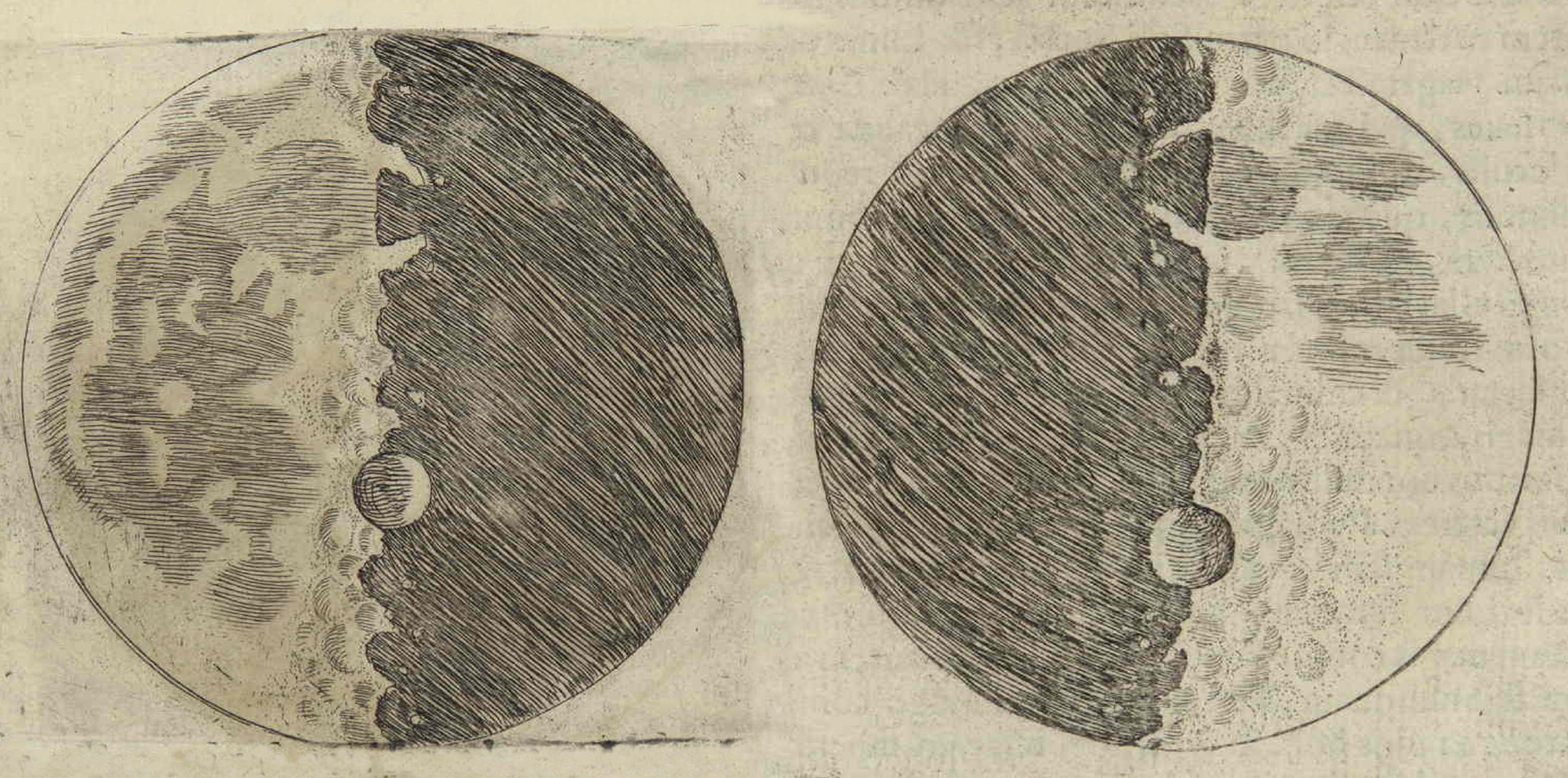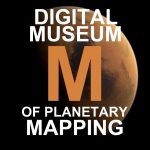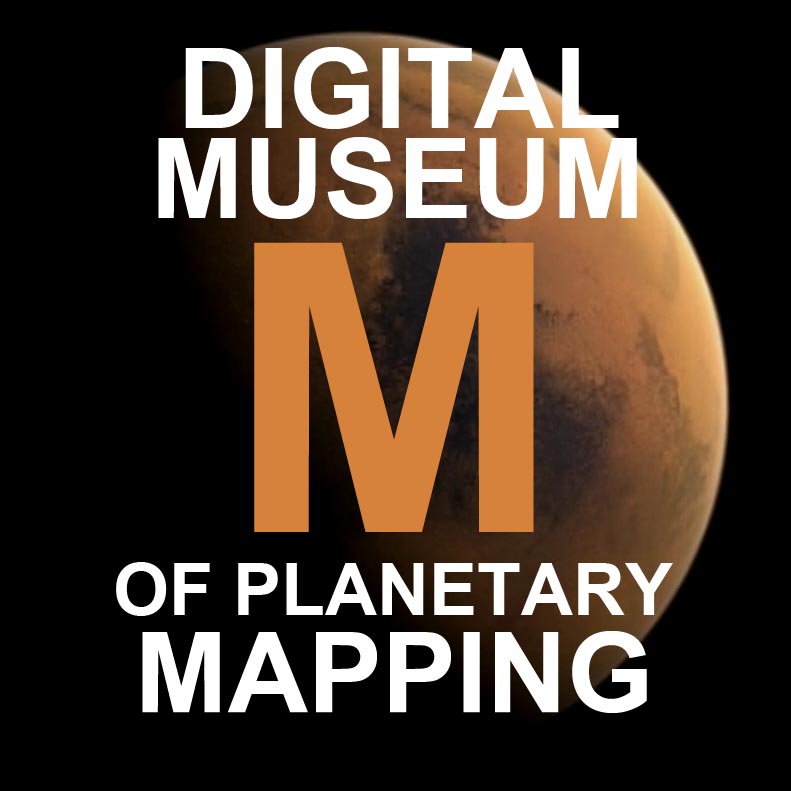Galileo’s Moon Drawing

Moon drawings from Galileo, G. 1610; Siderius Nuncivs, Venice. In: Carlos, Edward Stafford, ed.: The Sidereal Messenger of Galileo Galilei 1880. (First English translation)
By Galileo’s time the Moon was believed to be perfectly smooth and incorruptible, like the Sun, based upon the teachings of Aristotle (Snow 1984:30).
In November 1609 Galileo pointed his telescope to the Moon for the first time. From November 30 until December 18, he examined and drew the moon. The first description of Lunar craters were described in his book Sidereus Nuncius.
He differentiated great and ancient spots [macula magna antiqua] from small spots [macula minor] “thickly scattered that they sprinkle the whole surface of the moon, especially the brighter portions of it. The latter spots have never been observed by anyone before me. From my observation of them, often repeated, I have been led to the opinion which I have expressed; that is, I feel sure that the surface of the moon is not perfectly smooth, free from inequalities and exactly spherical (as a large school of philosophers holds with regard to the moon and the other heavenly bodies), but that on the contrary it is full of inequalities, uneven, full of hollows [cavitātēs] and protuberances, just like the surface of the earth itself, which is varied everywhere by lofty mountains and deep valleys.
I have noticed that the small spots just mentioned have this common characteristic always and in every case: that they have the dark part towards the sun’s position, and on the side away from the sun they have brighter boundaries, as if they were crowned with shining summits. Now we have an appearance quite similar on the earth at sunrise, when we behold the valleys, not yet flooded with light, but the mountains surrounding them on the side opposite to the sun always ablaze with the splendor of its beams”
He wrote about a spot that it “is seen to be walled around with boundaries of a deeper shade, which, just like very lofty mountain summits, appear darker on the side away from the sun, and brighter on the side where they face the sun. But in the case of cavities the opposite happens, for the part of them away from the sun appears brilliant, and the part that lies nearer to the sun dark and in shadow. The middle of the moon, as it seems, is occupied by a certain cavity larger than all the rest, and in shape perfectly round.” (Galilei 1610)
Image courtesy of Ton Lindemann.

